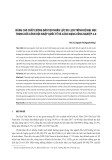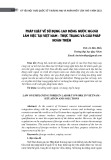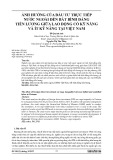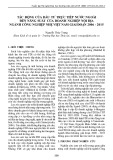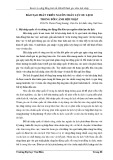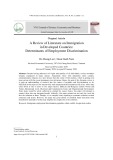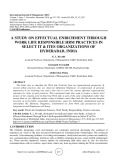
INTERNATIONAL HUMAN RESOURCE
MANAGEMENT
Compensation & Benefits

2
Expatriate Compensation & Benefits
Compensation
Benefits
Compensation
Benefits
Employment and
Taxation Laws
Organization’s Com-
pensation Policy
Competitors
Standard of Living
Political and Social
Environment
Allowances Economic
Conditions

Expatriate Costs
•Expatriate costs may pose a multiple-
fold expense in relation to employees
who are not sent as expatriates to
foreign destinations, and are usually
significantly higher than the
compensation accorded to HCNs and
TCNs
3

4
•Example:
•a Chinese manager with 15 years experience costs
less than USD 70,000 per annum, while
•a US expatriate manager with corresponding
expertise would cost his or her organization USD
300,000 per year

5
Goals of an International Organization’s
Compensation Policy (1)
1) Policy should be consistent with the overall
strategy, structure and business needs of the
international organization
2) Policy must work to attract and retain staff in those
areas where the international organization has the
greatest needs and opportunities. As a
consequence, the policy must be competitive and
recognize factors such as incentive for serving in a
foreign location, tax equalization and reimbursement
for reasonable costs



